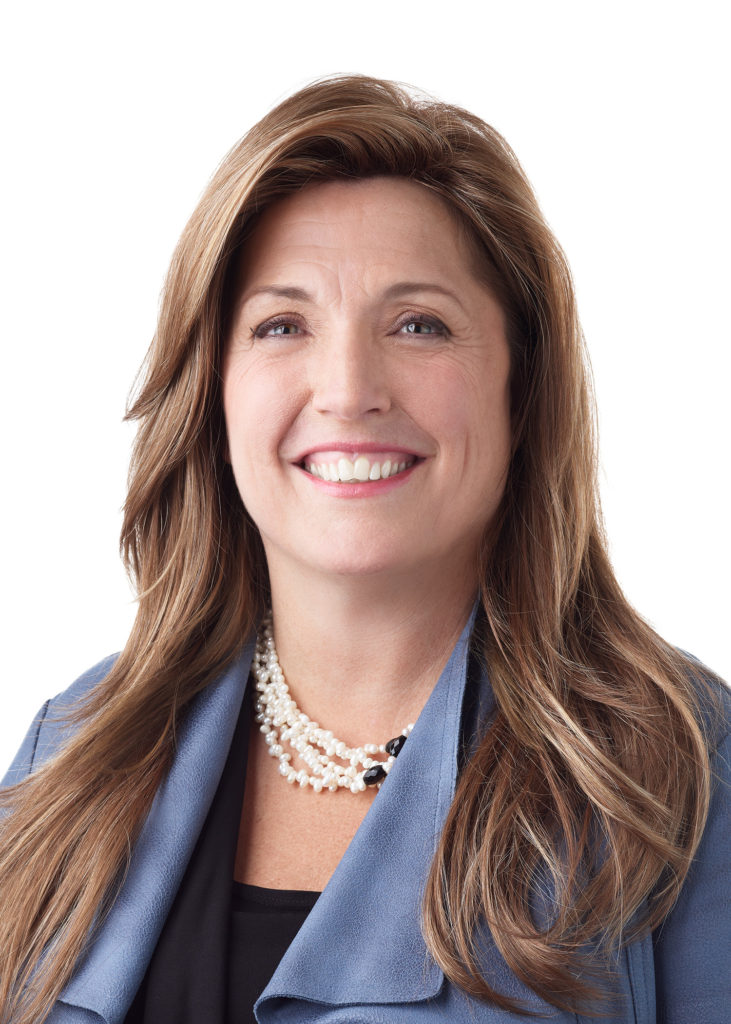By Jana Manolakos
While most Canadians seem to be throwing away or wasting food, 1.4 million children across Canada are struggling to have enough to eat, according to a landmark report issued earlier this year by Toronto-based food rescue organization Second Harvest and Value Chain Management International (VCMI), a global food waste authority.
Their report, “The Avoidable Crisis of Food Waste,” says that nearly 60 percent of food produced in Canada – amounting to 35.5 million metric tonnes, equivalent to over $49 billion – is lost and wasted annually, while 11.2 million metric tonnes (32 percent) is edible food that could be redirected to support people in our communities. The report stems from a year-long research project built in part on earlier work by Martin Gooch, CEO of VCMI.
“We believe the numbers we found are actually conservative,” says Second Harvest CEO Lori Nikkel, adding that this is “a world first” for several reasons, one of which is that the report offers standardized global measurements. Although Nikkel admits that the data may not be relevant to less affluent nations, the methodology could be applicable. The report offers a framework to enable accurate and consistent measurement of food loss and provide clearer direction to government, industry and consumers. Second Harvest has already talked with the UN’s Food and Agriculture and Environment organizations and is currently engaged in “confidential conversations with some other international players” who expressed interest, Nikkel says.
With a passion for food rescue stemming from her days as a low-income, single mother looking to feed her three young boys, Nikkel explains, “We have lost the intrinsic value of what food is. We have turned it into a commodity, not the life-nourishing sustenance it is supposed to be. We are a consumer-driven society.” She points to the practice that some grocers have of throwing out produce like potatoes, simply because they are the wrong size for that time of the year. “We produce enough food for 55 million Canadians, including imports. But there are only 37 million of us, so how do we manage it? We have to measure it,” Nikkel says. “We found that there is an economic benefit to businesses for preventing this loss. But if we are not measuring, how would you know.”
Some 20 years ago, Nikkel volunteered to run the student nutrition program so her boys could have access to good food in their Etobicoke school. That’s the first time she realized there was surplus food: “I would go to Loblaws and other places and ask for extra food, and the food we got was amazing. It was fresh.”
After more than three decades of grassroots donations, she admits Second Harvest has come into its own. “We are trying to disrupt the whole system. We are trying to deinstitutionalize, demystify and de-stigmatize food,” says Nikkel. “We are not a food bank – we are experts in perishables. We don’t purchase any food. Everything is rescued. And we have an environmental lens. We go further up the supply chain so we are at farms, at processors and manufacturers, at distribution centres.”
The organization’s move into the innovation space includes foodrescue.ca, a Second Harvest program Nikkel conceived which offers an online resource that makes it easier for local organizations to donate food right in their community. She says that among other government and local support, money from the Walmart Foundation was invested into the platform as a means of addressing food rescue in a more community-based way. “Foodrescue.ca allows for scalability, providing an opportunity for smaller yields of donations or larger. It also painted a picture of how abundant food was,” she notes.
Food waste is a complex problem that needs leadership, says Nikkel. “There are definitely leaders out there in industry, government and academia, but we have to connect. We need leaders in every space.” She suggests that businesses interested in donated their food begin with an audit of their system, and they should not overlook their employees for ideas.
While not a big fan of regulation, Nikkel says policies, legislation and regulations need to align themselves with food loss and waste. For example, she would like to see a change to regulations around agricultural crop insurance where harvest that is unsellable is donated instead of discarded, as is the current practice.

 Canadian Food Business
Canadian Food Business




